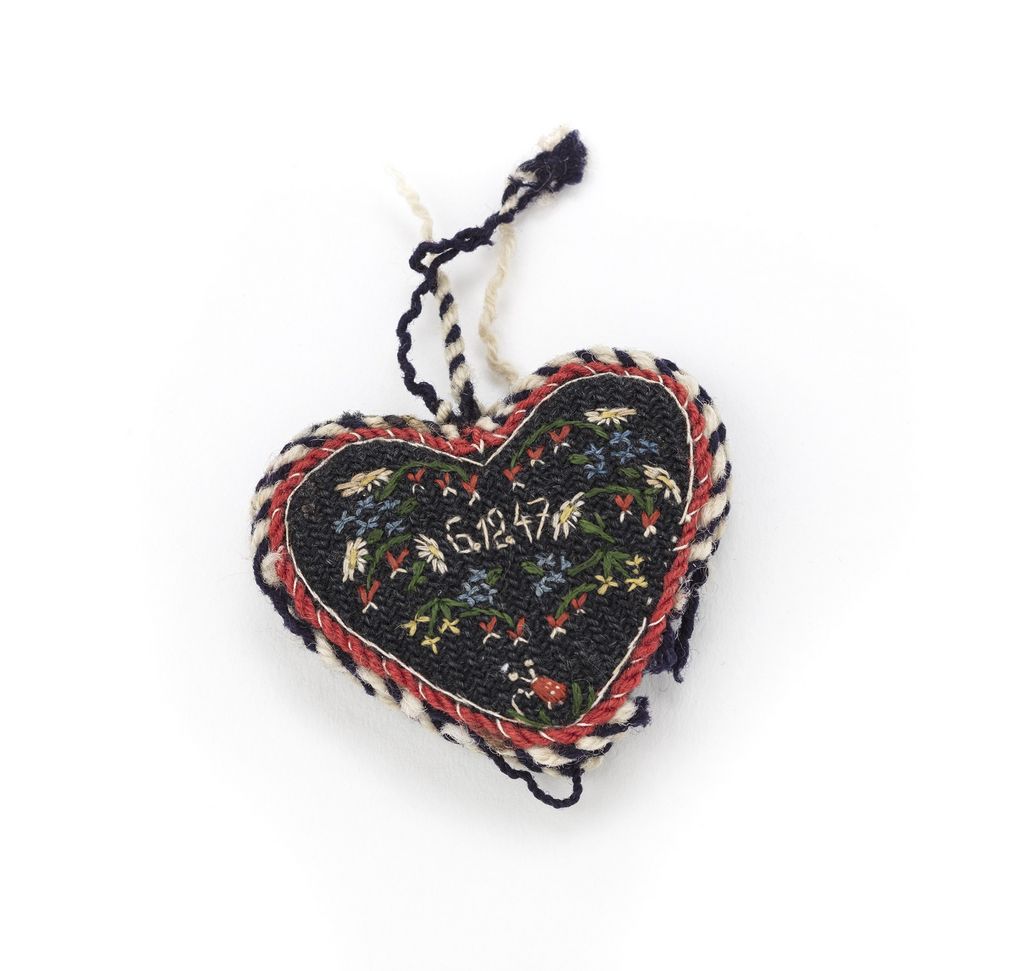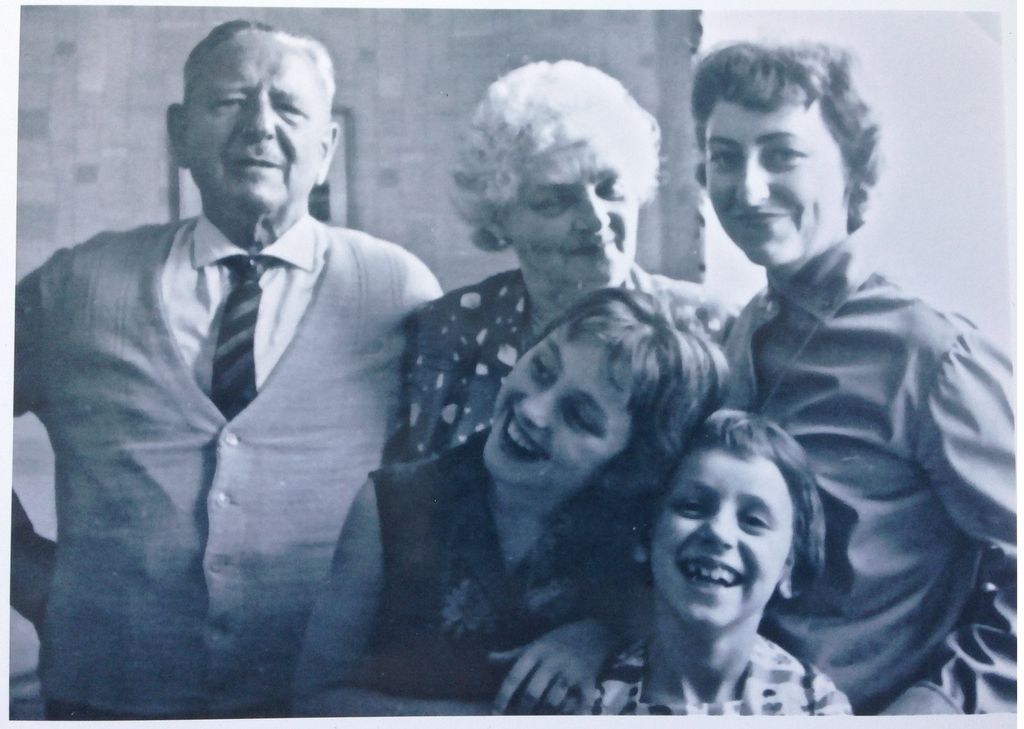The fabric heart was made in the Soviet special camp Sachsenhausen in 1947. Leonore Fink made it to surprise her mother, also imprisoned, for St. Nicholas Day. The heart is a small work of art, full of longing, hope, and memories. It contains floral motifs, beetles, and six embroidered first names of her family members – a testimony against the separation and isolation of everyday life in the camp.
Leonore Fink was born in Königsberg on June 26, 1925. Her father Karl Fink was a gynecologist and professor at Königsberg University. Leonore Fink fled from the city to Mecklenburg shortly before the end of the war. She gathered information about the situation in her hometown and described it in clear terms in a letter to a friend who lived in the British occupation zone. This letter fell into the hands of the Soviet secret service and led to her arrest in Schwerin on her 21st birthday.
Two months later, the Soviet secret service also arrested her mother, Frieda Fink. Both were sentenced to five years in prison by a Soviet military tribunal in Schwerin on October 4, 1946. They were sent to the Soviet special camp Sachsenhausen for “anti-Soviet propaganda and agitation” and “slandering the Red Army”. They were released in February 1950.
Holidays, such as St. Nicholas Day, had a special meaning in prison, as they helped to keep memories of the time before imprisonment alive. Fink dedicated the little heart to her “dear mother”. It impressively shows how prisoners developed creative survival strategies. In barrack no. 6, many women secretly made small gifts, although needles and sharp objects were forbidden. Sewing was done by the dim barrack lighting, often with painstakingly bartered materials. Fink procured individual threads via the camp exchange economy – she no longer remembers the origin of the needle.



